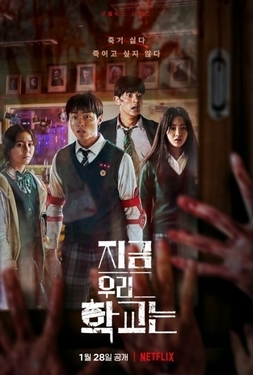An Age without Empathy
As I write this, authorities have just arrested a person of interest in the case of the “Healthcare assassin,” who murdered a CEO on his way to an investor meeting. This guy, if it is him, has been treated by the public like a folk hero. I’m sure you’ve seen the memes. People really hate the healthcare system in the United States.
The public reaction recalled my takeaway from this statement in an article I linked to in my election post-mortem post:
…the second wave of newly aging-in Trump voters entered adulthood… hoping only to grind out a living through scams. But this is fundamentally an anti-social and anti-humanist mode of economic activity that contributes nothing to society and offers nothing but alienation to its victims. The result is people willing to vote for someone they know will cause immense harm to others, hoping it will help them personally.
As I put it, voters tapped into their inner Joker and embraced the breakdown of the society. This latest incident certainly supports that idea: if we can’t reform healthcare by legal means, well…shall we say the Purge is underway?
I will point out that insensitivity about the death of the rich has already been on display, during an earlier story that took place before the election. I’m referring to the submersible that imploded while taking some wealthy clients on a tour. There wasn’t much sympathy for them, either, and they were just some folks out on a lark, not supervillain-esque corporate executives on their way to plot how to ensure that the maximum proportion of a firm’s revenues went to its shareholders and not its customers.

Celebaring someone’s death is pretty harsh. Is Trump’s reelection making us all worse as a society, or is it that we’ve become less civil, making Trump’s rise possible? Arguably, Trump’s election win simply exposed us for the uncivil society that we’ve already become. I’m sure the two phenomena feed back on each other, in a vicious cycle. This is how social moods are reinforced; by collective reactions to events.
Generations theory has its own take on why this is an age of callous attitudes and lack of sensitivity: it has to do with the archetypes of the generations that fill the adult age brackets. The “sensitive artist”-type generation that is left is the Silent generation, but they are very old now, and on their way out of public life. President Biden is from that generation, and his departure when his Presidency ends will likely mark the end of his generation’s influence.
The next generation to fit that archetype is the current child generation, the Homelanders. Not until they have come of age in significant numbers will we see the return of an attitude of empathy and humaneness. By then, we will have entered another social era.






